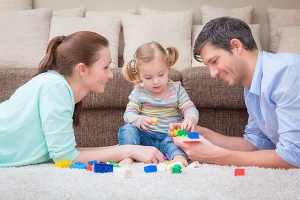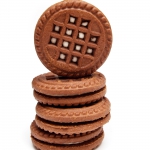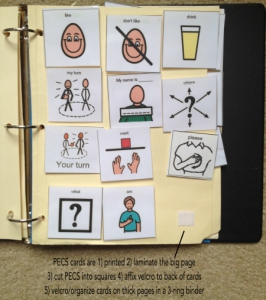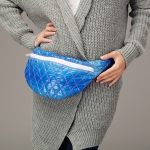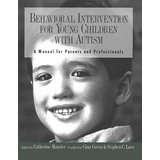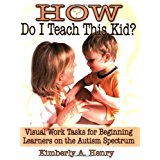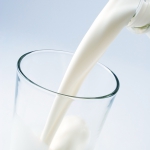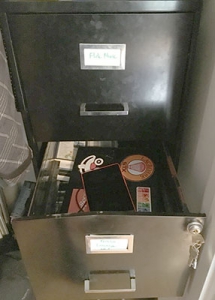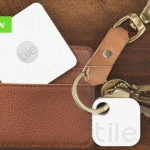Active until 2011, Defeat Autism Now! (DAN!) was the premier biomedical autism treatment resource. There is a great next step for families living with autism called MAPS: The Medical Academy of Pediatric Special Needs. Below are some useful links to help you locate an autism practitioner:
Generation Rescue Practitioner List:
http://www.generationrescue.org/resources/find-a-physician/
Old DAN! list from 2009:
http://autismcoach.com/list-of-defeat-autism-now-practitioners/
TACA’s article on MAPS doctors & DAN! Doctors:
http://www.tacanow.org/blog/treating-autism-maps-doctors-dan-doctors/
TACA’s article – Why Are MAPS Doctors So Expensive?
http://www.tacanow.org/family-resources/why-are-dan-doctors-so-expensive/


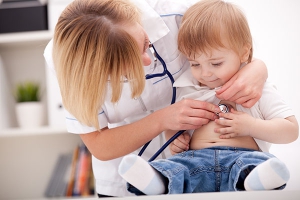
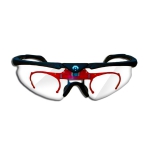
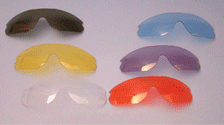
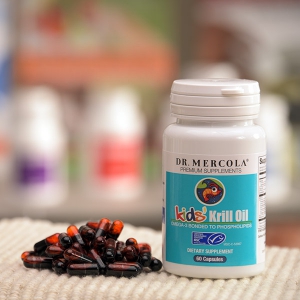
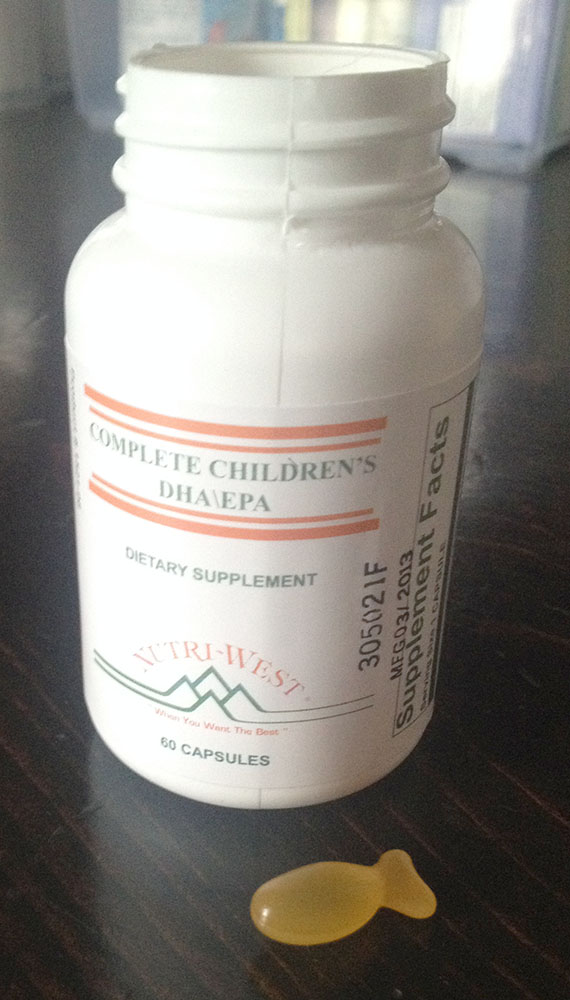 NutriWest makes an excellent Fish Oil for kids
NutriWest makes an excellent Fish Oil for kids 
